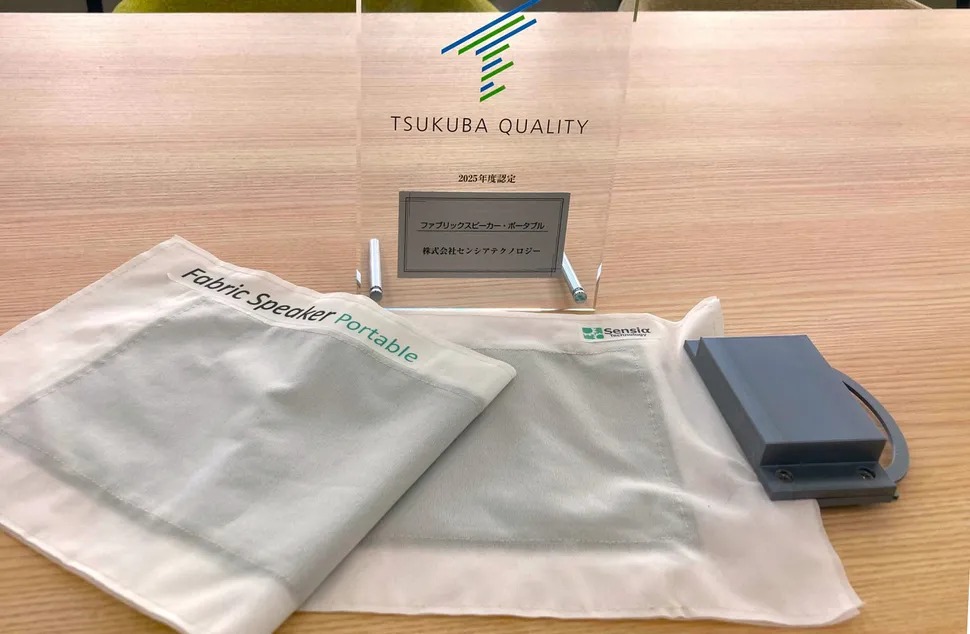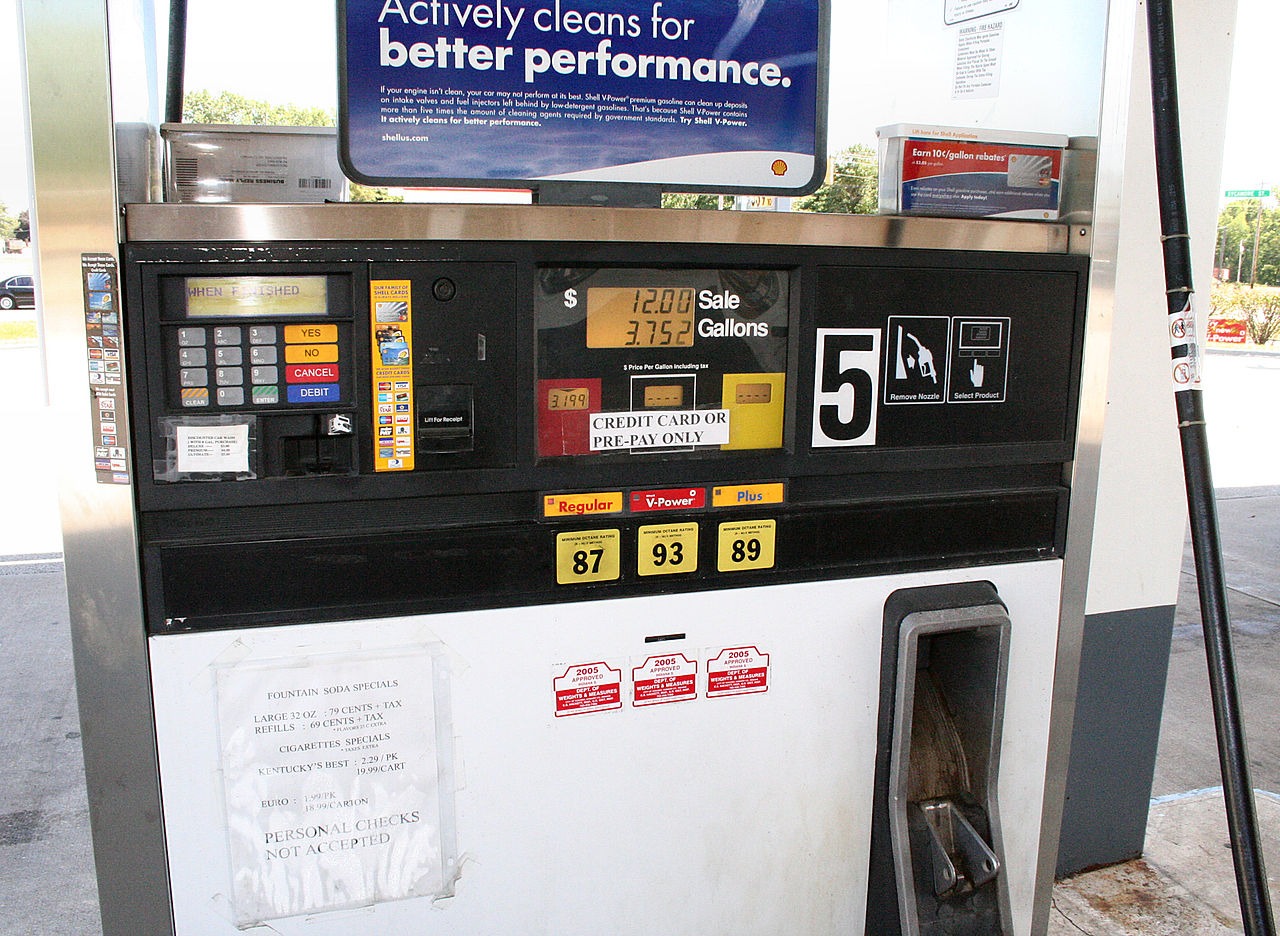The gleaming skyscrapers of Wall Street might dominate our financial imagination, but America’s true monetary power resides behind the walls of two facilities rarely seen by the public. Fort Knox and the NY Federal Reserve together safeguard over $700 billion in gold reserves – yet most Americans will never witness the metal supposedly backing our economic system. These institutions exist simultaneously iconic and invisible, central to financial mythology yet shrouded in operational secrecy.
Disclaimer: Some images used for commentary and educational purposes under fair use. All rights remain with their respective owners.
Fort Knox: A History of Security
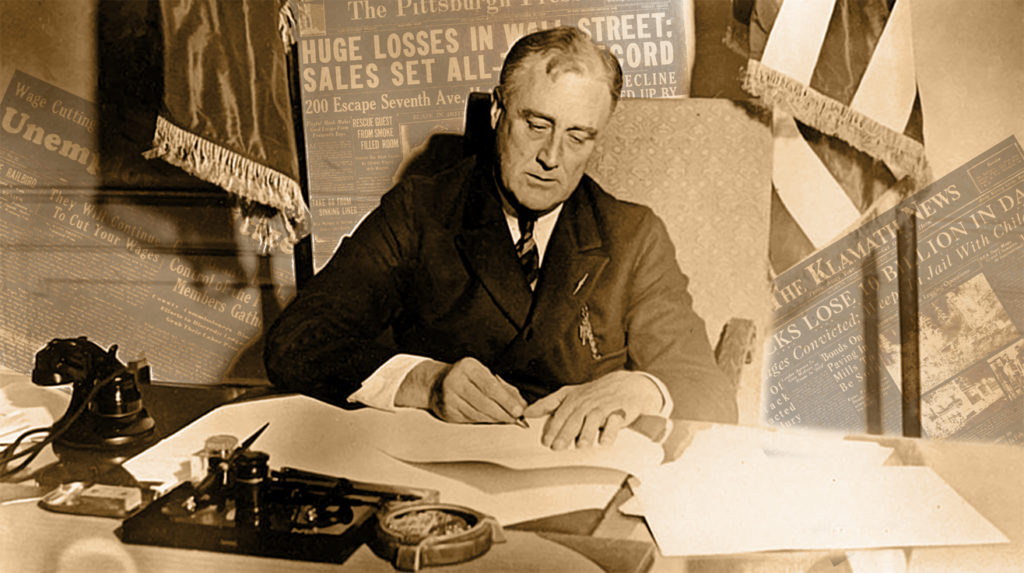
The history of Fort Knox reveals as much about American economic anxiety as it does about security architecture. Established as a US Army base in 1918 to train tank battalions, its transformation into America’s gold vault came during the Great Depression – a period when public faith in financial institutions had collapsed. The decision by Roosevelt to establish the depository in 1935 coincided with his executive order confiscating private gold holdings.
By 1936, the completed fortress projected an image of impregnable financial strength to a Depression-weary public. Eight decades later, Fort Knox continues to function less as an active financial hub than as a psychological anchor for the dollar’s perceived value. While partial audits have occurred in recent decades, no full independent audit conducted by external auditors has been performed since the 1950s, leaving questions about verification procedures.
Fort Knox: Construction and Defenses
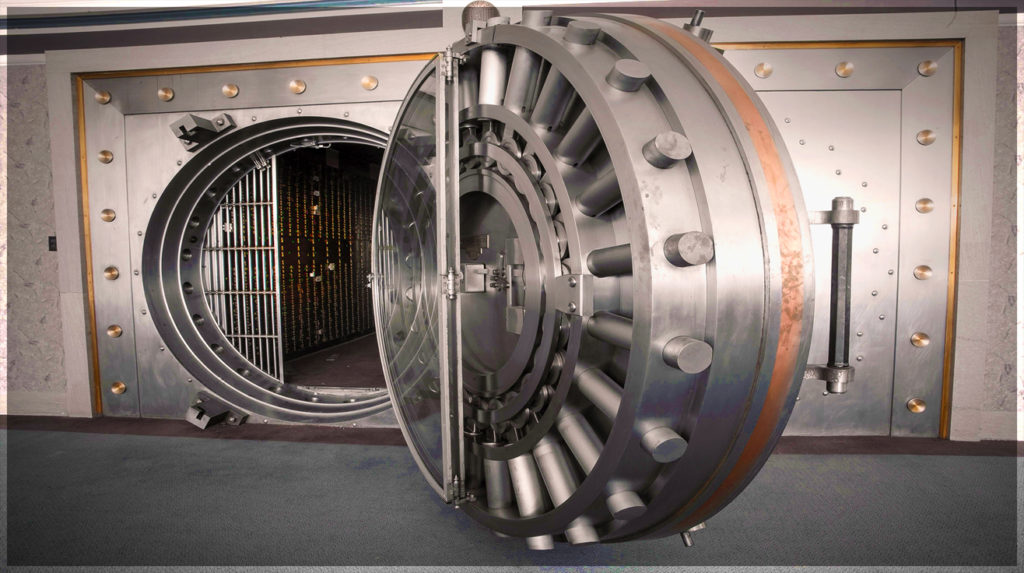
The physical construction of Fort Knox represents Depression-era industrial might translated into defensive architecture. Its foundation incorporates 16,000 cubic feet of granite and 1,200 cubic yards of concrete – quantities that would build a small apartment complex but instead form merely the base of a single vault. The structure contains 750 tons of reinforcing steel, with legendary 21-inch thick doors and a 100-hour time lock mechanism.
The Treasury Department maintains strict secrecy about updates to the facility’s defenses while allowing selected details about its historical construction to circulate freely. This selective transparency creates an impression of openness while revealing little about contemporary security protocols – raising questions about whether Fort Knox primarily secures gold or secures public perception about gold.
Fort Knox: Responsibilities and Protected Assets
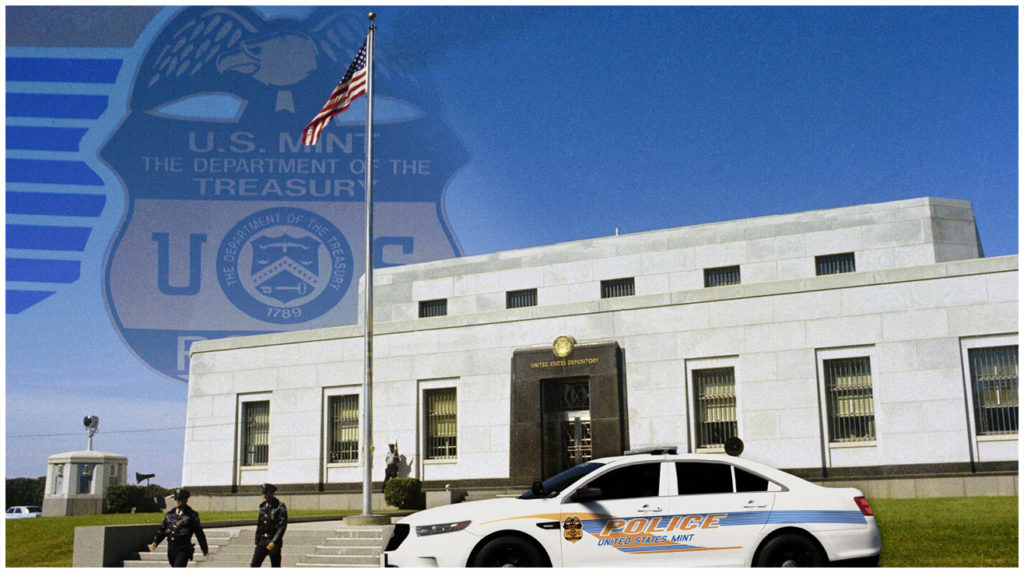
Official statements place Fort Knox’s holdings at over $300 billion in gold reserves, yet this figure represents a valuation impossible to independently verify. The U.S. Mint Police who guard the facility operate under extraordinary secrecy – their procedures, deployment numbers, and training protocols remain classified.
The vault’s history as a wartime sanctuary for the Declaration of Independence and Bill of Rights from 1939 to 1947 remains its most publicly celebrated non-monetary function. Less discussed is its role housing a strategic reserve of medicinal opium from 1955, revealing the facility’s dual purpose as both symbol and practical safehouse for assets deemed essential to national security.
New York Federal Reserve Bank: The World’s Largest Gold Depository

While Fort Knox captures the public imagination, the more significant repository sits 80 feet beneath Manhattan. The New York Federal Reserve vault contains approximately 7,000 tons of gold – roughly 25% of all government-held gold globally. Unlike Fort Knox, nearly 95% of this gold belongs to foreign nations rather than American citizens – representing a form of financial leverage rarely acknowledged in discussions of global power.
The facility reached peak holdings of 12,000 tons in 1973 – the same year America abandoned the gold standard. The NY Fed’s unusual service of providing free storage to foreign governments functions less as charity than as a mechanism for maintaining dollar hegemony. Its book-entry system allows gold ownership to transfer without physical movement, effectively allowing vast wealth to change hands through American-controlled ledgers rather than physical transport.








